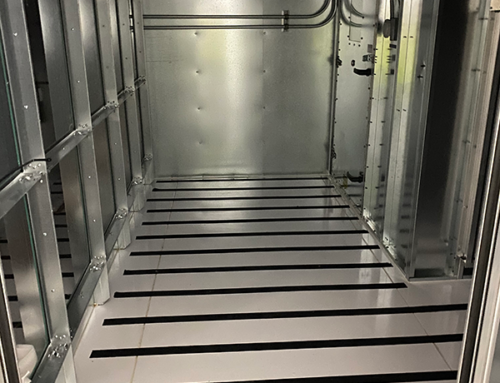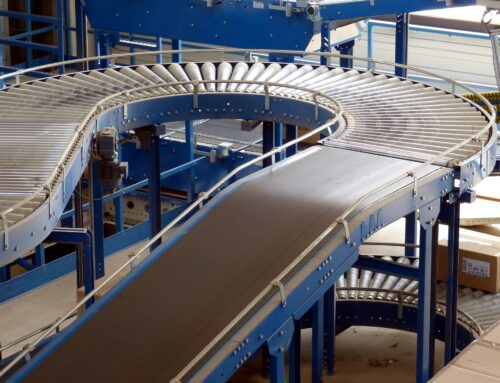Learning about outdoor air pollutants is somewhat common in our world. We hear about how we can decrease our carbon footprint and the importance of keeping our outdoor air clean. What is incredible is that the average person spends most of their day indoors and yet, we rarely hear about indoor air quality. Indoor Air Quality (IAQ) becomes especially important when it is analyzed for the health and comfort of the people that occupy the space.
We have previously discussed the short-term and long-term effects of poor indoor air quality that range from an immediate stuffy nose to a delayed cancer diagnosis. But what are the main causes of indoor pollutants?
Causes of Indoor Air Pollution
Excessive moisture can create an environment for mold and mildew to grow. Controlling your temperature and humidity in your building is extremely important. Excessive moisture also allows pollutants to stay in the air longer with nowhere to go. Short-term effects of indoor air pollutants thrive in an environment with excessive moisture. Having a team of Clear Air Enviro-Services technicians come out to service your HVAC systems can greatly improve the particles entering your air due to excessive moisture.
Remodeling or construction emits pollutants from the materials used. It also creates more particles in the air that may lead to further issues if not properly cleaned and managed. Be mindful when you are in the construction phase or remodeling. Formaldehyde is a common pollutant that can fill the air during construction.
Asbestos is most commonly an issue to consider in older buildings. When untouched, it does not generally pose a health risk. If disrupted, however, through the means of a remodel in an older facility that includes cutting or sanding or other disruptions, it can pose a large health risk. If you have an older facility and are planning to remodel, be sure to discuss how you can properly clean and maintain the job site before, during, and after construction.
Tobacco smoke is a leading cause of indoor air pollution. Make sure that your organization has a plan in place for where employees or visitors are allowed to smoke. Encourage it to be far away from entrances and exits as well as air units to minimize the disruption of the indoor environment.
Heating devices emit carbon monoxide, nitrogen dioxide, radon, and particulates into the air. Limiting space heaters and making sure that common spaces where stoves or fireplaces are used are well ventilated can help manage these pollutants.
Want to Improve?
A few ways to improve your indoor air quality are to increase ventilation in your space, control the temperature and humidity in your facility, and keep your space clean and well-maintained. Services that Clear Air Enviro-Services offer were created to keep the indoor environment of your building clean and efficient. You can do many things right, but without proper maintenance on your facility and systems, your indoor air quality can suffer. Our teams of trained technicians are professionals at improving the indoor air quality of your business. Check out our list of services to see what your organization’s facility might benefit from.




